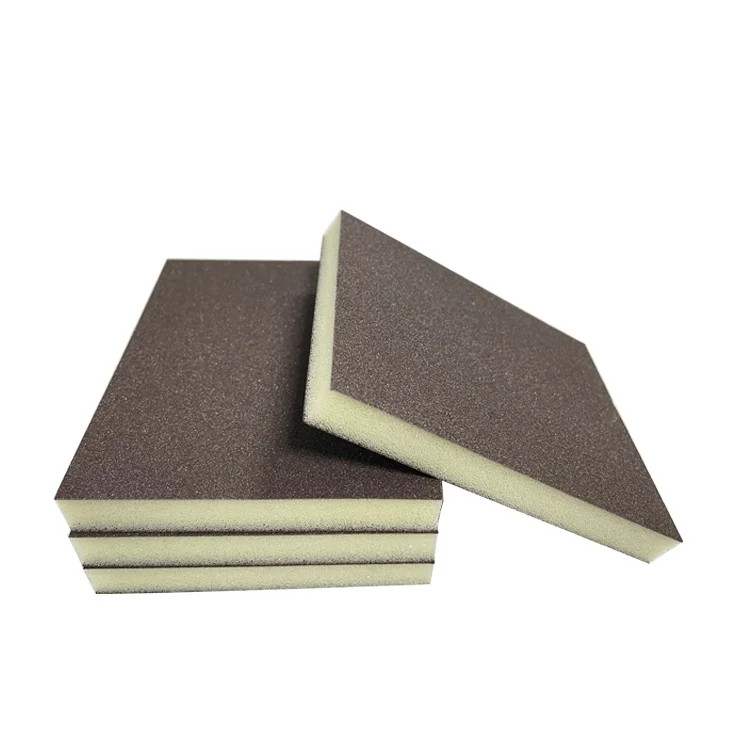When it comes to outdoor applications, the choice of materials is paramount. Whether you're constructing a patio, building a deck, or designing outdoor furniture, the durability of the materials you select can significantly impact the longevity and maintenance of your project. In this article, we will explore various outdoor materials, evaluating their durability, resistance to environmental factors, and suitability for different applications. By the end, you will have a comprehensive understanding of what constitutes the most durable outdoor material.
Understanding Durability in Outdoor Materials
Durability refers to a material's ability to withstand wear, pressure, or damage. In outdoor settings, materials are subjected to a variety of stressors, including UV radiation, moisture, temperature fluctuations, and physical impacts. Therefore, when assessing durability, it is essential to consider:
- Weather Resistance: The material's ability to resist degradation from rain, snow, and sunlight.
- Mechanical Strength: The capacity to withstand physical stress without breaking or deforming.
- Maintenance Requirements: The ease of upkeep and the frequency of repairs needed to maintain the material's integrity.
Top Contenders for the Most Durable Outdoor Material
- Teak Wood
Teak wood has long been revered for its exceptional durability. Known for its high oil content, teak is naturally resistant to moisture, insects, and decay. This makes it an ideal choice for outdoor furniture and decking. Teak can withstand harsh weather conditions without warping or cracking, and its natural beauty only enhances with age. However, it is essential to note that teak requires periodic oiling to maintain its luster and prevent graying.
- Composite Decking
Composite decking, made from a blend of wood fibers and recycled plastic, has gained popularity in recent years. Its resistance to moisture, insects, and fading makes it a strong contender for outdoor applications. Unlike traditional wood, composite decking does not splinter, warp, or require staining. Many manufacturers offer warranties of 25 years or more, underscoring its durability. However, it is crucial to choose high-quality composite materials, as lower-grade options may not perform as well.
- Aluminum
Aluminum is another highly durable outdoor material, particularly for furniture and structural applications. It is lightweight, resistant to rust, and can withstand extreme weather conditions. Aluminum furniture often features powder-coated finishes that enhance its durability and aesthetic appeal. Additionally, aluminum is recyclable, making it an environmentally friendly choice. However, it can be prone to scratching, so protective measures should be considered.
- Stone and Concrete
Natural stone and concrete are among the most durable materials available for outdoor use. Stone, such as granite or slate, is impervious to moisture and can withstand significant physical stress. Concrete, when properly mixed and cured, offers excellent durability and can be used for patios, walkways, and even outdoor furniture. However, both materials can be heavy and may require professional installation.
- Fiberglass
Fiberglass is increasingly being used in outdoor applications due to its remarkable strength and resistance to environmental factors. It is impervious to moisture, does not rust, and is resistant to UV rays. Fiberglass is often used in the construction of outdoor planters, furniture, and even swimming pools. Its lightweight nature and versatility make it an excellent choice for various outdoor projects.
Factors to Consider When Choosing Outdoor Materials
When selecting the most durable outdoor material for your project, consider the following factors:
- Climate: Understand the specific weather conditions in your area. Materials that perform well in humid climates may not be suitable for arid regions, and vice versa.
- Intended Use: Consider how the material will be used. High-traffic areas may require more robust materials, while decorative elements may prioritize aesthetics.
- Budget: While investing in durable materials can save money in the long run, it's essential to find a balance between quality and affordability.
- Environmental Impact: Opt for materials that are sustainably sourced or recyclable to minimize your ecological footprint.
Conclusion
In the quest for the most durable outdoor material, there is no one-size-fits-all answer. Each material has its strengths and weaknesses, and the best choice will depend on your specific needs and environmental conditions. Teak wood, composite decking, aluminum, stone, concrete, and fiberglass all offer unique benefits that can enhance the longevity and performance of your outdoor projects. By carefully considering the factors outlined in this article, you can make an informed decision that will ensure your outdoor spaces remain beautiful and functional for years to come.


